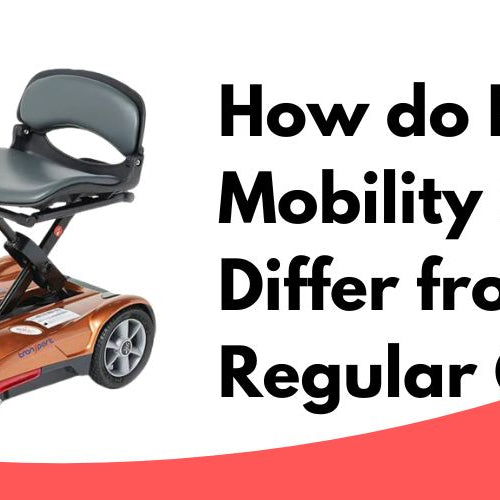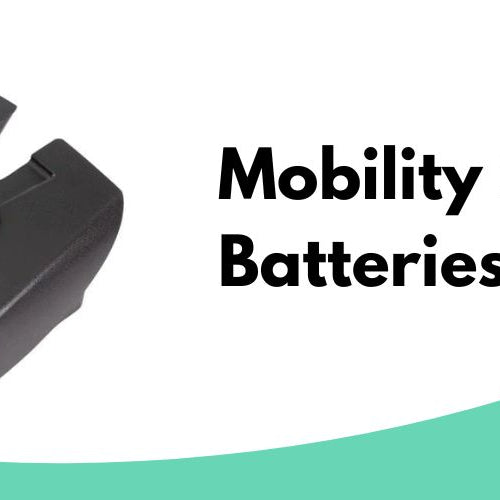Choosing the right patient lift sling is an essential aspect of providing proper care and support to individuals with limited mobility. Patient lift slings are used in conjunction with patient lifts to safely and comfortably transfer patients from one location to another, such as from a bed to a wheelchair. With a variety of sling types, materials, and designs available, it is crucial to understand how to select the best one for a particular patient's needs while ensuring compatibility with the chosen lift system.
The first step in selecting the appropriate patient lift sling is to consider the individual's level of mobility and stability. The type of sling required will depend on whether the patient can partially support themselves or will require full body support. Additionally, it is important to take into account any recent changes in the patient's physical health that may affect their positioning and comfort during the lifting process.
Another essential factor to consider when choosing a patient lift sling is the material it is made from. The fabric should be suitable for the patient's weight, as well as provide stability and muscle support where needed. Ultimately, the key to selecting the right patient lift sling lies in understanding the patient's specific requirements and ensuring that the sling will adequately address their needs while providing comfort and security during transfers.
Purpose of Lift Slings
The primary purpose of patient lift slings is to assist caregivers in safely transferring patients with limited mobility. This can include lifting, repositioning, and transferring patients between beds, chairs, wheelchairs, and other locations. Lift slings help to reduce the risk of injury for both patients and caregivers by providing adequate support, stability, and comfort during the transfer process.
Types of Slings
There are several types of patient lift slings, each designed to cater to different needs and situations. Some common types include:
-
Divided Leg Slings: These slings offer support from the back and underneath the thighs, with the patient's legs individually supported. They are available in various sizes like medium, large, and extra-large, catering to different patient sizes.
-
Full Body Slings: Designed to support the entire body, full body slings accommodate the arms within the sling straps and provide a more secure lift. Typically, one medium and one large size full-body sling are needed.
It is essential to choose a sling that is suitable for the patient's body shape, size, and mobility needs.
Sling Material and Construction
When selecting a patient lift sling, the material and construction play essential roles in determining comfort, durability, and ease of use. Some factors to consider include:
-
Padding: Padded slings offer added cushioning for sensitive areas, improving patient comfort during transfers. Ensure that the padding does not hinder the sling's function or add excess bulk.
-
Breathability: Breathable materials allow for better airflow, keeping the patient comfortable and reducing the risk of skin irritation due to perspiration.
-
Washability: Slings should be easy to clean, whether it be machine washable or wipeable surfaces, to maintain hygiene and prevent the spread of infections.
-
Durability: The material and construction should be strong enough to withstand daily use without fraying, ripping, or losing its support capabilities. Look for materials such as nylon, polyester, or mesh that offer strength and durability.
In conclusion, selecting the right patient lift sling involves considering its purpose, type, material, and construction features. By understanding these elements, caregivers can make informed decisions when choosing appropriate slings that will help ensure safe transfers while prioritizing patient comfort and well-being.
Factors to Consider When Choosing a Lift Sling
Patient's Needs and Abilities
When choosing a patient lift sling, the first factor to consider is the patient's needs and abilities. Compatibility with the patient's weight, height, and mobility level is essential to ensure their safety while being lifted. Consider the following aspects:
- Weight capacity: Choose a sling with the appropriate weight capacity to support the patient's weight. Ensure not to exceed the sling's maximum weight limit.
- Size and fit: Select the correct size of the sling, considering the patient's height and body shape. A properly fitted sling offers comfort and security during transfers.
- Mobility level: Assess the patient's level of mobility to determine the type of sling needed. Slings are available for various mobility levels, such as fully dependent, partially dependent, and independent patients.
Compatibility with Lifting Equipment
Another crucial factor to consider is ensuring that the chosen sling is compatible with the lifting equipment being used. Different slings may have specific attachment points or designs that only work with certain lift models. Examine the following aspects:
- Sling attachment: Verify that the sling's attachment points are compatible with the hooks, bars, or straps on the lifting equipment.
- Equipment type: Make sure the sling is designed for the specific type of lifting equipment being used, such as a ceiling lift, sit-to-stand lift, or floor lift.
- Manufacturer guidelines: Always follow the manufacturer's guidelines for sling selection and use to ensure a safe and effective transfer process.
Required Level of Support
The level of support required by the patient during transfers is another essential factor to consider while choosing a lift sling. There are different types of slings designed to provide varying levels of support:
-
Divided Leg Slings: These slings provide support from the back and underneath the thighs. They are suitable for patients who can maintain some trunk control and are ideal for toileting and hygiene tasks. Sizes available can range from medium to extra large.
-
Full Body Slings: These slings support the patient's entire body and are designed to contain the patient's arms in the sling straps. They are ideal for patients with limited trunk control and mobility. Typically, full body slings come in medium and large sizes.

Choosing the appropriate lift sling for a patient is vital for their safety, comfort, and overall well-being. Consider the patient's needs and abilities, compatibility with lifting equipment, and the required level of support while selecting the best option.
Sizing and Fitting a Lift Sling
Measurements and Weight Capacity
When choosing a patient lift sling, it is crucial to consider the size and weight capacity. Different slings come in various sizes and are designed to support different weight ranges. It is recommended to have at least three divided leg slings in medium size, one or two in the large size, and one extra-large size. Divided leg slings provide patient support from the back and underneath the thighs.
For full body slings, aim to have at least one medium and one large sling. Full body lift slings support the patient's entire body and contain their arms in the sling straps. To ensure the sling is suitable for the patient, make sure to measure their weight, height, and girth. Use manufacturer guidelines to determine the appropriate size for each individual.
Key measurements to consider include:
- Weight capacity of the sling
- Length and height of the sling
- Girth size for a proper fit
Adjustments for Comfort and Safety
When fitting a patient lift sling, it is essential to make necessary adjustments for the patient's comfort and safety. Proper positioning of the sling ensures that the patient is supported and comfortable during the transfer process. Here are some tips to improve the fit and adjustment of a lift sling:
-
Padding: Select a sling with cushioned areas, particularly in the head, neck, and leg areas, to increase the patient's comfort during a lift.
-
Strap adjustments: Make sure to adjust the straps according to the patient's height and body position to ensure a snug and secure fit.
-
Head support: Choose a sling that includes a proper head support, especially for patients who cannot independently hold their head.
-
Leg separation: Consider a divided leg sling for patients who require more stability or support in the thigh and hip areas. This design helps to prevent legs from slipping or rubbing against each other during transfers.
In conclusion, making measurements and adjustments plays a vital role in selecting the appropriate patient lift sling. Taking into account the individual needs and comfort of each patient ensures a safe and efficient transfer process.
Proper Care and Maintenance of Lift Slings
Cleaning and Storage
It is crucial to keep patient lift slings clean and properly stored to ensure their longevity. Regularly washing the slings according to the manufacturer's instructions helps maintain hygiene and prevents the buildup of bacteria. When not in use, store the lift slings in a cool, dry place away from direct sunlight to prevent damage and degradation of the material.
Inspecting for Wear and Damage
Inspecting lift slings frequently can help identify any wear and damage before it becomes a safety issue for patients. Check the slings for fraying, tears, or any signs of wear that might compromise their functionality. Pay special attention to the seams, straps, and attachment points, as these areas are more prone to breakage. If any visible defects are found, discontinue use and replace the sling immediately.
Replacement and Disposal
Patient lift slings have a finite lifespan and should be replaced as needed. Follow the manufacturer's guidelines for recommended replacement intervals, taking into account the frequency of use and weight capacity of patients. Always dispose of damaged or worn-out slings properly and in accordance with local regulations.
For anymore questions, email or chat with us at Mobility Nest.







Leave a comment